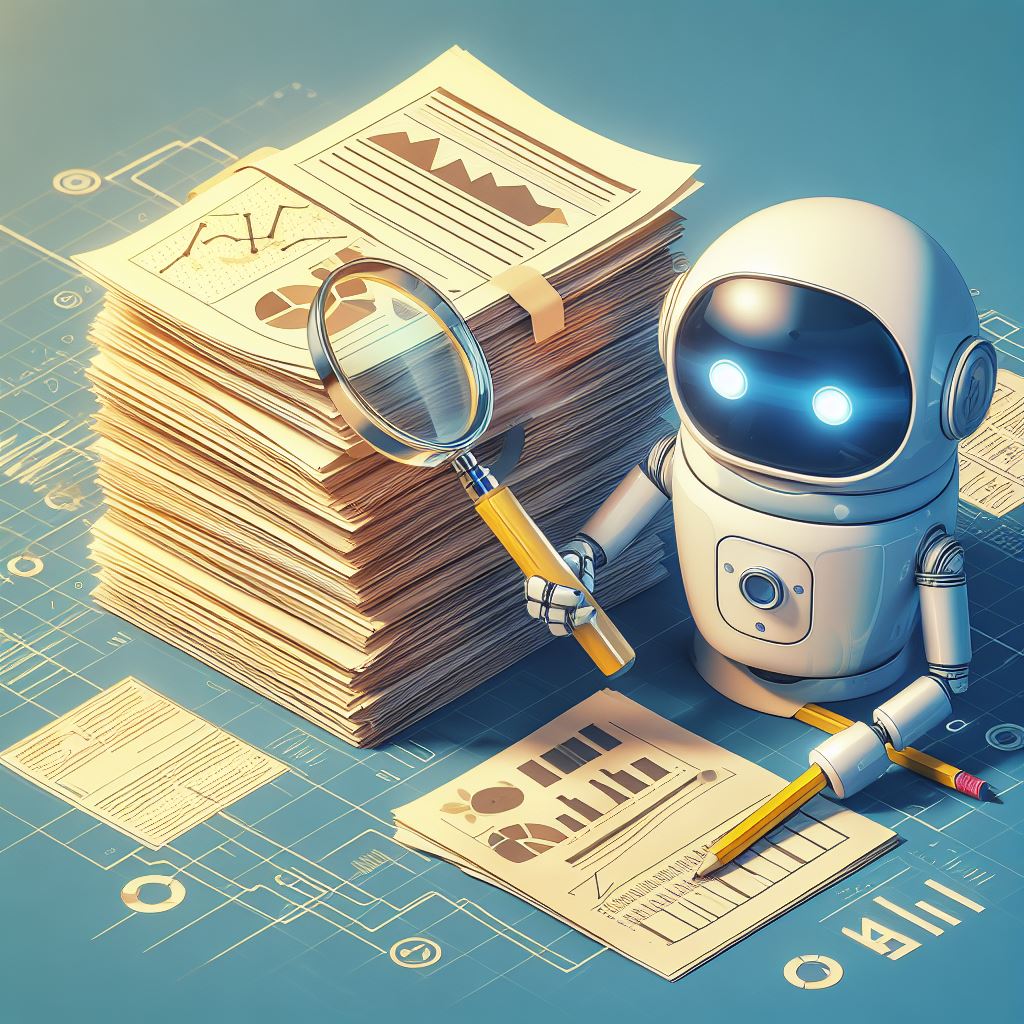Peer-review the AI interface of papers and apps
Let's Build the #1 Consulting Platform to Help Academic Editors and Marketing Agents to Review the AI Intelligence at the Interface of Research Articles and Service Plugins API by Consulting with Authors and Developers
In today’s digital landscape, a developer writing an AI prompt that orchestrates an interface among various service plugins API is akin to an author writing a research article that cites various references.
editoReview is like publishing your ChatGPT conversations, but in a format where you can cite, pre-qualify, pay and schedule a meeting with the original author or developer.
Imagine writing a Google Review of your customer journey through any series of business services, such as appointment scheduling or payment checkout, which dynamically interlink through AI; but now also in the context of academic publishing of research documents.
chat any AI interface

then publish the transcript
overlaying the arXiv/OSF literature of preprints and Microsoft AppSource/Zapier market of API connectors

Join thousands of users from top institutions already leveraging 6,000+ service plugins API and 2,000,000+ research articles.




Are you an academic editor or marketing agent in need of consulting assistance to craft an editorial review that specifies how well a research article or service plugin API should be searchable or usable via an AI interface?
Or perhaps you’re a research author or service developer looking to offer a consultation to demo how well your research article or service plugin API is searchable or usable via an AI interface, specifically targeting only pre-qualified editors and marketers as your clients.
Maybe all of you are interested in showcasing these pre-qualified editorial reviews in your catalogue or portfolio?
Whether you’re a client, such as an academic editor or B2B/B2C marketing agent, or a consulting brand, such as a research author or service developer, the editoReview consulting platform and marketplace is designed with you in mind. Easy:
1. Start a new review via the AI chat transcript or from the template document,
2. Cite the reference paper or app to schedule a consultation (i.e. seminar or demo) meeting with the author or developer,
3. Pay the optional consultation and publish the review transcripts with shareable links (i.e. DOI).
At editoReview.com, authors and developers consultants help editors and marketers to articulate an editorial that specifies how well intelligent search and intelligent usage (i.e., “retrieval augmented generation”, “dynamic chaining of tools”) is possible at the interface of a research article or service plugin, in the context of other papers in the (arXiv) literature and other apps in the (Zapier) market.
WorkSchool 365, also known as editoReview, is a free open source implementation of this methodology, developed by a community of 1,000+ contributors, powered by Microsoft (Copilot Studio, Power Platform, SharePoint) and published in the Microsoft AppSource marketplace, guaranteeing the highest degree of identity governance and data governance, as required by enterprises and governments.


